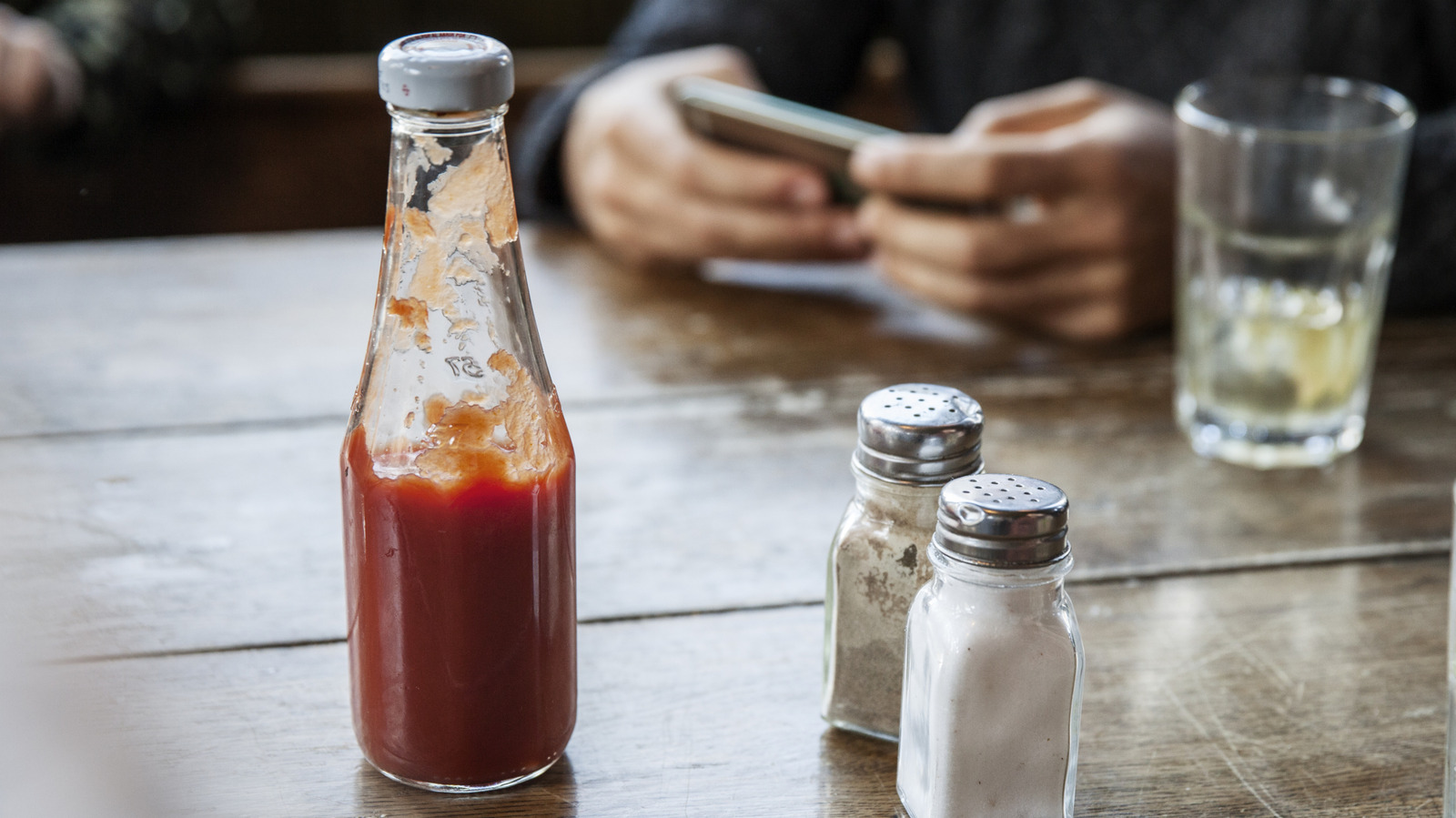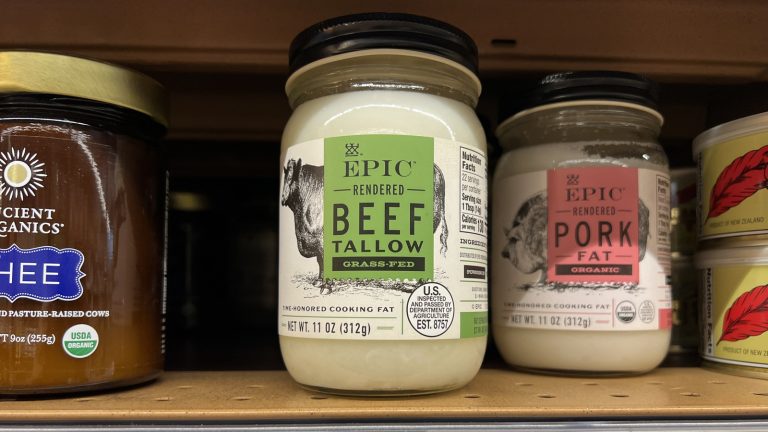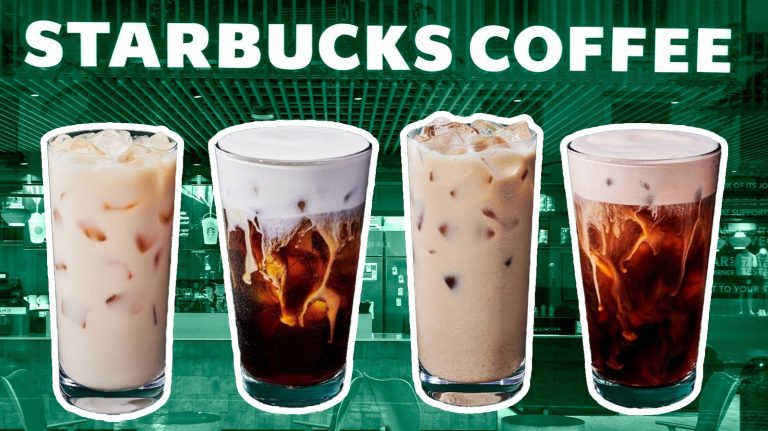People will put ketchup on anything — and sometimes it seems like ketchup can be packaged into anything, too. With easy-squeeze plastic bottles, squishy blister packets, and Heinz Dip & Squeeze packaging, ketchup is ready to go at nearly every drive-thru, bar and grill, diner, and backyard barbecue in America. But for ketchup connoisseurs, glass is the container of choice. They argue that glass is best at preserving the tangy flavor of the condiment, and there’s pretty compelling scientific evidence to back up their slightly snobbish claims. Glass is great at preventing spoilage and handling temperature changes, and it has no impact on flavors.
As an impermeable material, glass forms an effective barrier between your food and outside elements. Air and moisture are the chief agents of contamination, and introducing them to a bottle or jar is an open invitation to bacteria and mold. Plastic, on the other hand, can let all sorts of small molecules in, depending on the type of packaging used.
The food packaging industry pays close attention to which plastics best preserve foods like ketchup through the shipping and handling process, but the various chemical properties of different foods can also impact the effectiveness of a plastic container. Acidic foods, for instance, don’t do well in plastic; Tomato sauce is notorious for staining plastic food storage containers. The interaction can even cause chemical leaching that steals away some of the flavors and aromas from your food. Considering ketchup is mostly tomatoes, glass bottle fans have a pretty strong argument for their preference.
Why you still find plastic ketchup bottles
So if glass bottles are superior, why do condiment makers bother selling ketchup in plastic that can negatively affect its flavor and freshness? The obvious answer is cost: Glass is more expensive to produce than plastic, and that can be seen in the considerable markup on glass ketchup bottles in the grocery aisle.
Plastic bottles are also easier to squeeze, especially for kids who particularly love the stuff, and if plastic is dropped or knocked off the table, the bottle won’t shatter into a million pieces. For many customers, cost and convenience are more important than preserving a flavor they don’t even know they’re missing.
In fact, Heinz rarely sells its iconic number 57 glass ketchup bottles in stores anymore — they’re primarily sold to restaurants (though not every Heinz bottle is actually Heinz brand ketchup). But over the decades, Heinz ketchup advertising has focused on the glass bottle, portraying the decadence of the glass and the achingly slow delivery of ketchup from the bottle as a deluxe, premium experience.
Glass means quality, according to Heinz
The implication that Heinz ketchup is exclusive and worth the wait — all owing to its packaging — is a core branding strategy that goes back to the company’s founding in 1869. Back then, when ketchup was popularly known as “catsup,” the condiment was usually packaged in opaque brown or green glass, with bad flavors and poor freshness to match. Henry J. Heinz had higher standards, and he wanted customers to be able to see right through the glass to know their ketchup wouldn’t be spoiled before they even opened it.
So Heinz sold his product in clear glass, and his company continued to do so for more than a century. Even though plastic became the standard for Heinz ketchup in the 1980s, those glass bottles are still trotted out by the company today to foster that premium, authentic aura around the brand. It doesn’t hurt that it tastes better than way, too.







